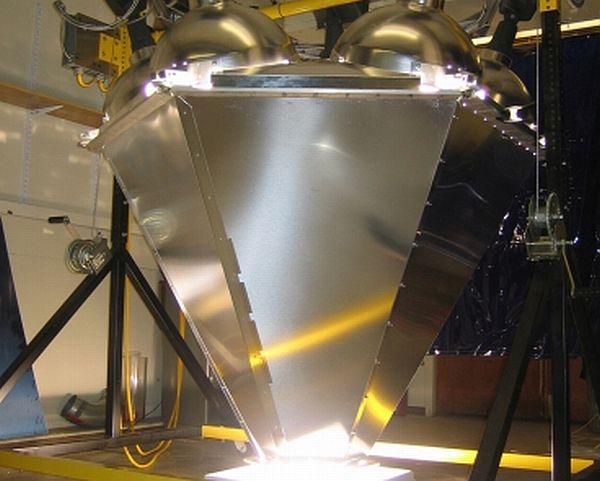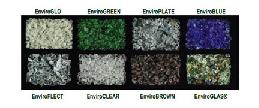
A new technology could allow the production of solar power 24/7, irrespective of weather conditions. Developed by a team of researchers at the Massachusetts Institute of Technology (MIT), CSPonD, or concentrated solar power on demand, is an improvement over the concentrated solar power (CSP) systems that are widely used these days for harvesting solar energy for commercial purposes.
In the traditional CSP systems, an array of mirrors are used to concentrate the sunlight in a small area to heat up a substance like molten salt. The heated molten salt is then used to heat up water to run a steam turbine and electricity is produced by the electrical power generator attached with the turbine. However, this system works only in the presence of sunlight. On a cloudy day or at night, the heat absorbing substances used in the CSP systems cool down and, hence, back-up power supplies are required. Moreover, it requires expensive pumps and pipes for transferring the heat from molten salt to the steam turbine.
In contrast, the new CSPonD system has been designed to complete the twin process of heating of molten sodium-potassium nitrate salt as well as storing the heat so produced in a single tank placed on the ground. The tank used in this process is heavily insulated and accepts the concentrated sunlight through a small opening at the top. Also, a movable horizontal plate placed inside the tank is used to separate the heated salt from the colder salt. According to the researchers, the movable plate will move down during the course of a sunny day and allow more amount of heated salt inside the tank. The heated salt will produce steam from the water circulating around the tank which, in turn, will drive the turbine to produce electricity as per the requirement.
Though the CSPonD is still to be tested for establishing larger solar power plants based on this technology, the researchers say that two installations of 25 meters width and 5 meters depth could produce enough electricity to meet the demand of around 20,000 homes every day. And, the per kilowatt-hour cost will be between seven to 33 cents. Most of the elements used in this system has already been tested earlier and they believe that it will provide an important alternative to the existing CSPs for use in different conditions.
Via: MIT




